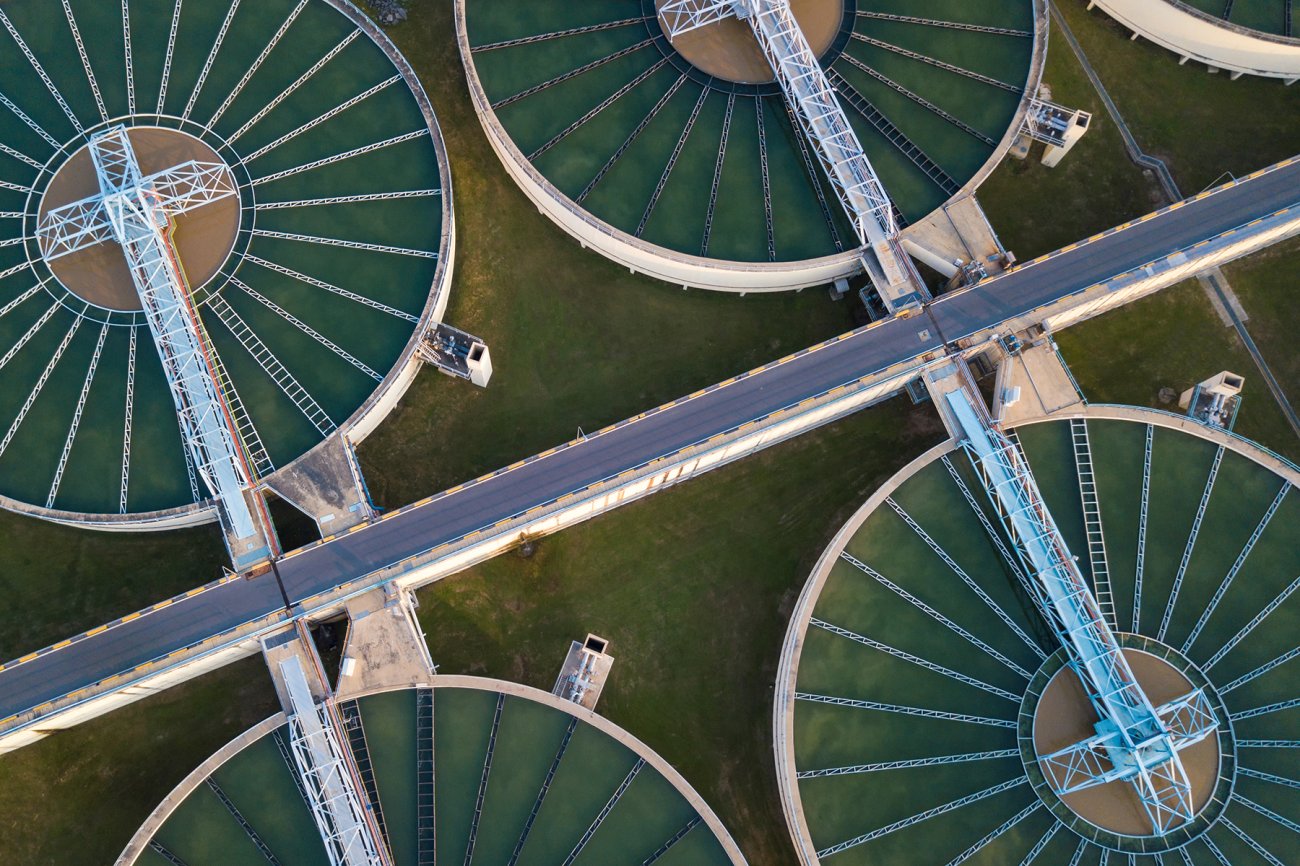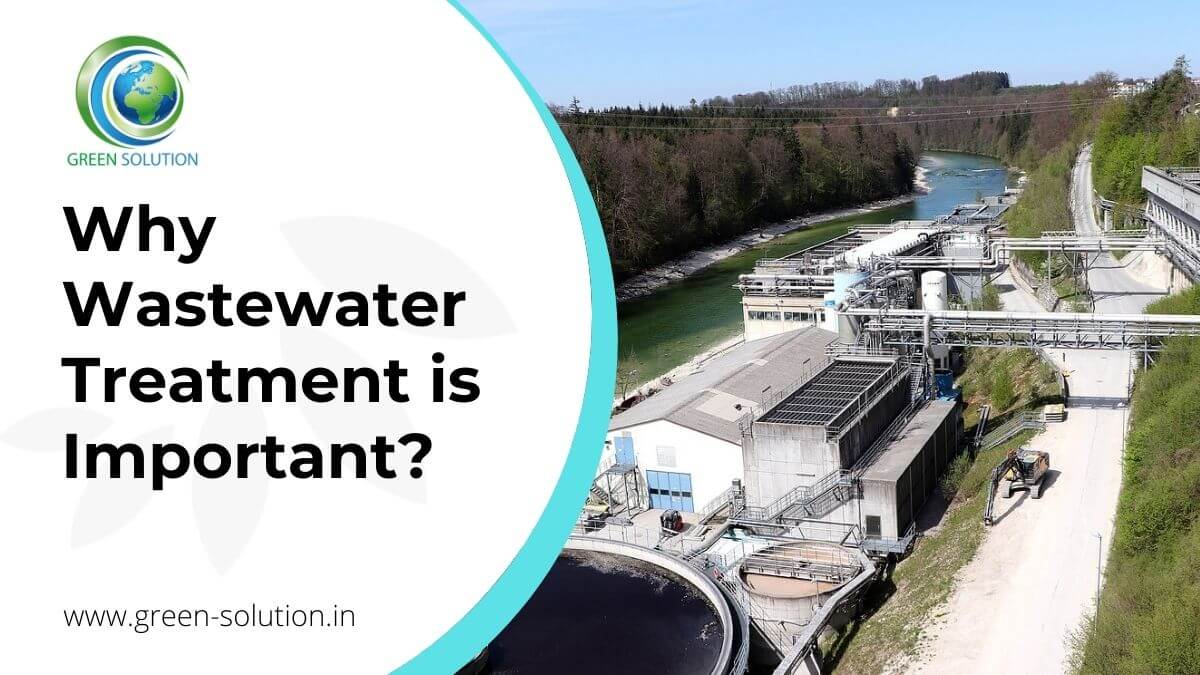Reclaim Waste Fundamentals Explained
Reclaim Waste Fundamentals Explained
Blog Article
Some Ideas on Reclaim Waste You Should Know
Table of ContentsThe smart Trick of Reclaim Waste That Nobody is Talking AboutRumored Buzz on Reclaim WasteThe Ultimate Guide To Reclaim WasteUnknown Facts About Reclaim WasteNot known Facts About Reclaim Waste
Discover the types, incidents, and kinds of liquid waste. Residential sewer waste describes the waste and items from a residential septic storage tank. This kind of waste is developed by humans in residences, institutions, and other structures. This only consists of septic systems that have a drain field. The appropriate management and disposal of residential sewer waste call for fluid waste to be moved to a sewer therapy plant where the appropriate methods and tools are used to detoxify and get rid of waste.
Industrial waste usually includes prospective risks, such as combustible products or a blend of fluid and solid waste products, and needs an advanced and comprehensive disposal procedure. The disposal of industrial waste commonly includes the filtering of waste prior to transportation to guarantee risk-free and proper disposal. Industrial waste is created from byproducts and runoff of industrial procedures and production.
This type of waste can not utilize the very same sewer administration transport or processes as septic or industrial liquids. The hazardous waste monitoring process needs the inspection and screening of liquid waste before it undergoes the disposal process (liquid waste removal melbourne). Overflow waste is the liquid waste that comes from overflow and excess stormwater in highly populated locations or cities
Drainage waste can cause contamination and flooding otherwise handled appropriately. Discover more about sewage system cleaning and waste monitoring. Making sure proper waste management can protect against calamities and reduce environmental harm. Both people in household settings and specialists in business or production markets can gain from comprehending the processes and laws of liquid waste administration.
The Basic Principles Of Reclaim Waste
Call PROS Solutions today to discover our waste monitoring and disposal services and the appropriate ways to take care of the fluid waste you produce.
(https://www.pubpub.org/user/leon-aube)This supposed 'wastewater' is not only a crucial resource yet, after therapy, will be released to our land, rivers or the sea. Used water from bathrooms, showers, bathrooms, kitchen area sinks, washings and industrial procedures is recognized as wastewater.

water used to cool down machinery or clean plant and equipment). Stormwater, a kind of wastewater, is runoff that moves from agricultural and metropolitan locations such as roofs, parks, gardens, roadways, courses and rain gutters into stormwater drains pipes, after rainfall. Stormwater streams unattended directly to local creeks or rivers, eventually getting to the ocean.
Reclaim Waste for Beginners
In Queensland, many wastewater is treated at sewer therapy plants. Wastewater is delivered from residential or industrial websites via a system of drains and pump stations, known as sewage reticulation, to a sewage treatment plant.
The Division of Natural Resources recommends neighborhood federal governments concerning handling, operating and keeping sewage systems and therapy plants. In unsewered areas, local governments may need homeowners to install private or house sewer therapy systems to deal with domestic wastewater from bathrooms, kitchen areas, bathrooms and laundries. The Division of Natural Resources authorises making use of house systems when they are verified to be effective.
In some brand-new communities, therapy of some stormwater to eliminate litter, sand and gravel has begun click to read making use of gross contaminant traps. Wastewater therapy occurs in 4 stages: Removes solid issue.
Wastewater after that streams right into big containers where solids work out and are eliminated as sludge. Grease and scum are skimmed from the surface area. Makes use of little living organisms understands as micro-organisms to damage down and get rid of remaining dissolved wastes and great bits. Micro-organisms and wastes are included in the sludge. Gets rid of nitrogen and phosphorus nutrients that could cause algal flowers in our waterways and intimidate aquatic life.
How Reclaim Waste can Save You Time, Stress, and Money.
Nutrient elimination is not readily available at all sewer therapy plants because it requires pricey specialised devices. It is ending up being a lot more usual in Queensland. Clear liquid effluent produced after therapy might still have disease-causing micro-organisms. If this effluent is released into rivers such as rivers or the sea, the micro-organisms will at some point die out.

This usually suggests wastewater needs to be treated or contaminants gotten rid of prior to it can be discharged to rivers. Many wastewater flows right into the sewage system. Under the Act, city governments provide approvals and permits for ecologically relevant tasks (Ages) involving wastewater releases that could have a neighborhood influence. The division provides approvals and permits to Periods entailing wastewater launches that may have a local or statewide impact.
A Biased View of Reclaim Waste
Surveillance gives factual details about water quality and can confirm that licence problems are being fulfilled. The info gotten via surveillance gives the basis for making water top quality choices.
Report this page